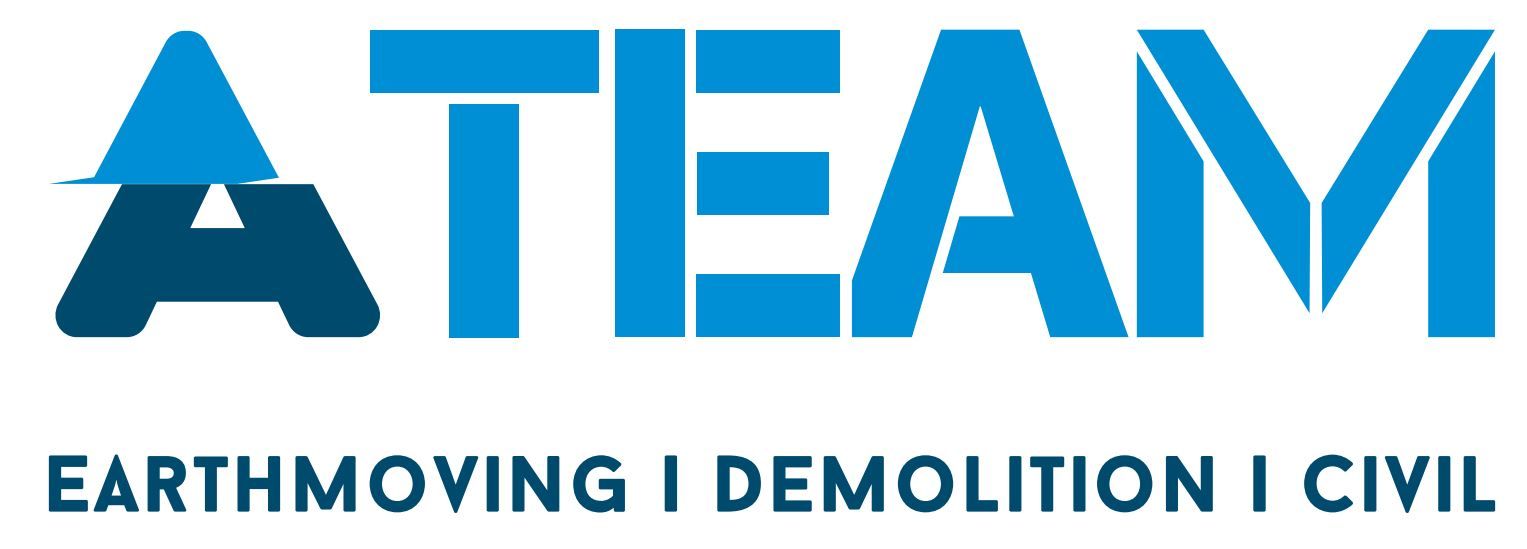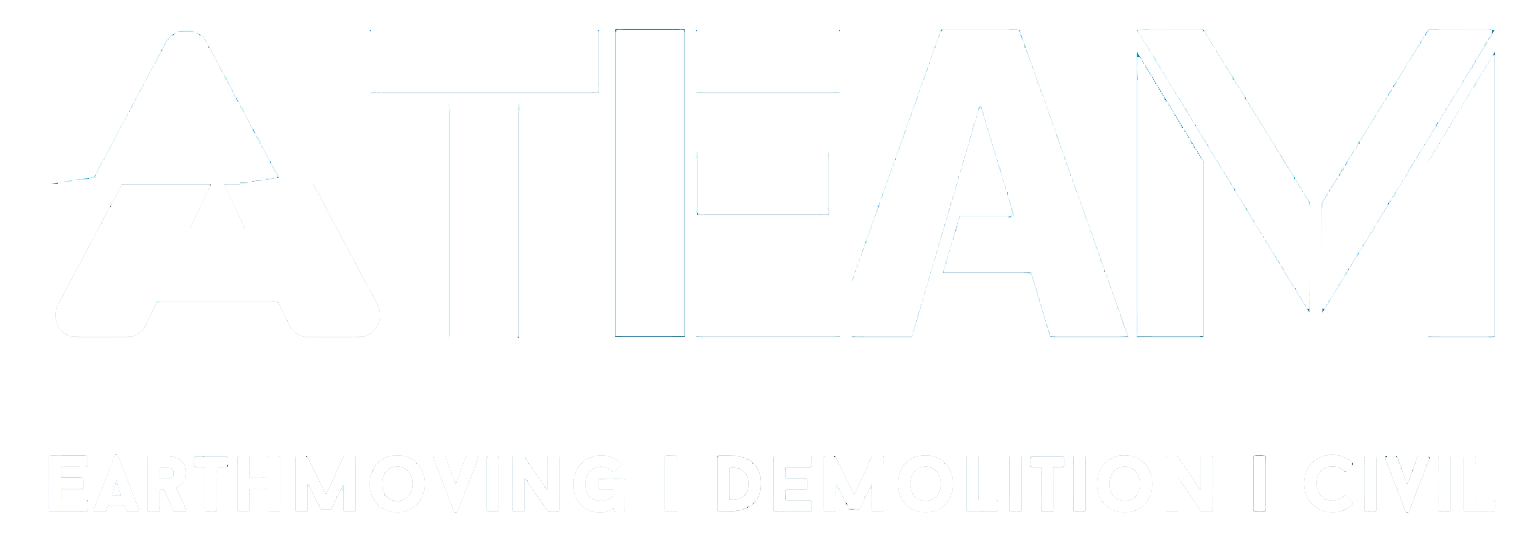Take 2min to understand how Asbestos Removal works
The Asbestos Safety and Eradication Agency of Australia define the standards that govern asbestos removal. The guidelines aid in eliminating and minimising the exposure of the hazardous material to workers and those located near the removal site. Anyone conducting asbestos removal work must have appropriate licensing.
There are two types of licenses, i.e., Class A and Class B licensing.
Class A licensing - allows a removalist to remove any quantity of asbestos including both friable and non-friable asbestos.
Class B licensing - warrants an individual to remove any amount of non-friable asbestos and ACD associated with ACM and non-friable asbestos.
A holder of Class B license can remove asbestos of more than 10 square meters. There are several factors to consider during the asbestos removal process.
Asbestos removal tricks to ensure efficient abatement process
There are three preferred removal methods:
- Wet spray saturation
- Water injection
- Dry removal methods.
Wet asbestos to contain fibres
Wet Spray method is ideal when removing asbestos from a plant or structure. It requires the use of low-pressure water technique for wetting the asbestos. Wetting helps to suppress airborne asbestos fibres. It can be done by using a mains-supply hose pipe, and the design of the spraying equipment should depend on the access to the affected area and water supply. Spraying should be done in a manner that the whole asbestos surface is fully soaked and run-off eliminated.
Add detergent or surfactant to facilitate rapid wetting
Detergent can be added to the water to promote rapid wetting of asbestos. A fine spray is ideal for proper wetting. Experts prefer using a hose with an adjustable pistol grip. However, if dealing with a small area, a spray bottle can work. It is good to ensure that water is supplied in the form of a mist to eliminate the generation of dust. It should also be directed to the cut regions to avoid potential risks.
Wet spray method works best with HEPA-fitted vacuum cleaners
HEPA-fitted vacuum cleaners are ideal and should be used before wet spraying method. It collects any dust that flies around the removal area. However, sometimes it is challenging to control airborne asbestos. In such cases, PPE and RPE can help make the process effective. Again, PVA emulsion can be considered if water is not effective in wetting asbestos.
Saturation and water injection is suitable if intense soaking is required
In the cases where asbestos is very thick, spraying with water might not suppress it effectively. Soaking or injecting a water-based solution directly to the material will work best. The process requires special skills. An appropriate applicator with an injection head is used to wet the material. It comes with several holes and outlets to jet out water and wet the airborne asbestos.
The good thing about this saturation method is that it accelerates wetting and ensures that the material is not just washed with water. The amount of water to use in the process will depend on the thickness of the material to be removed, its access and the location of holes. All saturated asbestos must be handled with care, placed in tight and sealed containers and disposed of properly.
Dry removal should be used if other options can cause damage
If there are major electrical components or live electrical conductors, then wet and saturation methods can cause damages. However, the biggest drawback with the dry method is that it makes asbestos materials airborne. When using dry method, the removal area should be enclosed as much as possible. Plastic sheeting with a minimum thickness of 200 micrometres can be used. Additionally, a negative pressure of at least 12 Pa should be maintained. Minimal disturbance should be maintained and all wastes placed in the right containers for disposal.
Removal work area must be decontaminated
Wet wiping and wet decontamination can be administered when decontaminating the work site. The use of rags may not be appropriate as they can spread asbestos fibres. Wet decontamination work best in places where there are no electrical hazards.
Dry decontamination is another trick that involves folding or rolling up and sealing plastic sheets and vacuuming the affected area. It is ideal in cases where electrical hazards and slipping are common. Removal tools should be decontaminated as well.
Air Monitoring should be done prior and during Class A removal of asbestos
The need to do air monitoring may vary depending on the type, amount of position of the asbestos to be removed.
It is ideal when the effectiveness of the existing control measures are in doubt. It is also great in cases where extreme disturbance of asbestos is suspected.
Conclusion
Asbestos removal is a risky undertaking that cannot be done by an amateur. It requires a skilled individual who has a proper removal plan in place. It is great for one to be aware of all the health risks that asbestos brings. Hiring a skilled specialist for the task is a critical step any property owner must take. Contact A Team Demolition & Civil for an asbestos removal service today.
Follow us
CONTACT US
26 Smith St, Brisbane QLD 4157, Australia
USEFUL LINKS
SERVICES
SERVICE LOCATIONS
© 2023 A Team Demolition & Civil | Privacy Policy Terms and Conditions Terms of Trade | Built by iseekplant

